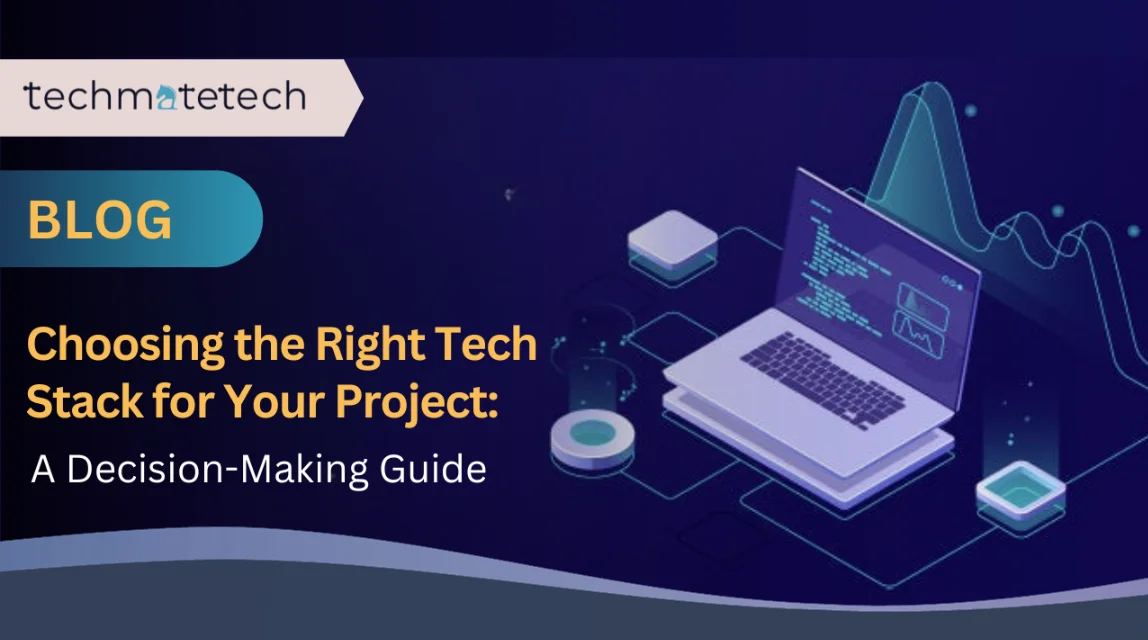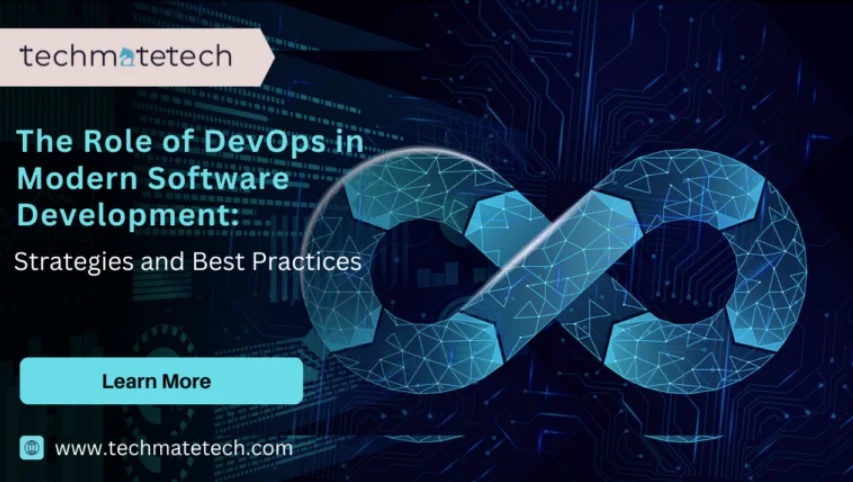Choosing the Right Tech Stack for Your Project: A Comprehensive Guide
Introduction:
In the ever-evolving landscape of technology, selecting the appropriate tech stack for your project is paramount. Whether you’re a seasoned developer or a newcomer to the field, navigating the myriad options can be overwhelming. Fear not, for this guide is designed to illuminate the path towards selecting the perfect tech stack tailored to your project’s needs.
Understanding Your Project Requirements:
Before delving into the world of programming languages, frameworks, and databases, it’s crucial to have a clear understanding of your project’s requirements. Consider factors such as scalability, performance, security, and budget. Are you building a simple website, a complex web application, or a mobile app? Identifying these requirements will serve as the cornerstone for selecting the right tech stack.
Assessing Available Technologies:
With your project requirements in mind, it’s time to survey the vast array of technologies at your disposal. From front-end to back-end development, each layer of your tech stack plays a pivotal role in shaping the functionality and performance of your application. Let’s explore some key considerations for each component:
Front-End Development:
- User Experience (UX) Requirements: Prioritize technologies that enable seamless user interactions and intuitive interfaces. Consider using frameworks like React.js or Angular for building dynamic and responsive front-end experiences.
- Performance Optimization: Opt for tools and libraries that facilitate fast rendering and efficient data management. Leverage state management solutions such as Redux or GraphQL to streamline data flow and enhance performance.
- Cross-Platform Compatibility: If your project requires support for multiple devices and platforms, consider utilizing frameworks like React Native or Flutter for building cross-platform mobile applications.
Back-End Development:
- Scalability and Performance: Select a programming language and framework capable of handling your project’s anticipated workload. Languages like Python (with frameworks like Django or Flask), JavaScript (with Node.js), or Java (with Spring Boot) are popular choices for building scalable and high-performance back-end systems.
- Database Management: Choose a database technology that aligns with your project’s data storage and retrieval requirements. Options range from traditional relational databases like PostgreSQL and MySQL to NoSQL databases like MongoDB and Cassandra, each offering unique strengths in terms of scalability, flexibility, and performance.
DevOps and Infrastructure:
- Deployment Flexibility: Evaluate deployment options based on your project’s scalability needs and operational preferences. Cloud platforms like AWS, Azure, and Google Cloud offer a range of services for hosting, scaling, and managing your application infrastructure.
- Continuous Integration and Deployment (CI/CD): Implement CI/CD pipelines to automate the build, test, and deployment processes, ensuring efficient delivery of updates and enhancements to your project.
- Monitoring and Maintenance: Integrate monitoring tools and logging mechanisms to track the health and performance of your application in real-time. Services like Prometheus, Grafana, and ELK stack enable comprehensive monitoring and troubleshooting of infrastructure and application components.
Finalizing Your Tech Stack:
Armed with a thorough understanding of your project requirements and a curated selection of technologies, it’s time to assemble your tech stack. Remember that flexibility and adaptability are key; be prepared to iterate and evolve your tech stack as your project evolves and new technologies emerge.
Conclusion:
Choosing the right tech stack for your project is a critical decision that can significantly impact its success. By meticulously assessing your project requirements, exploring available technologies, and prioritizing scalability, performance, and security, you can construct a robust and efficient tech stack tailored to your project’s needs. Embrace the journey of discovery and innovation, and may your chosen tech stack pave the way for the realization of your project’s full potential.


